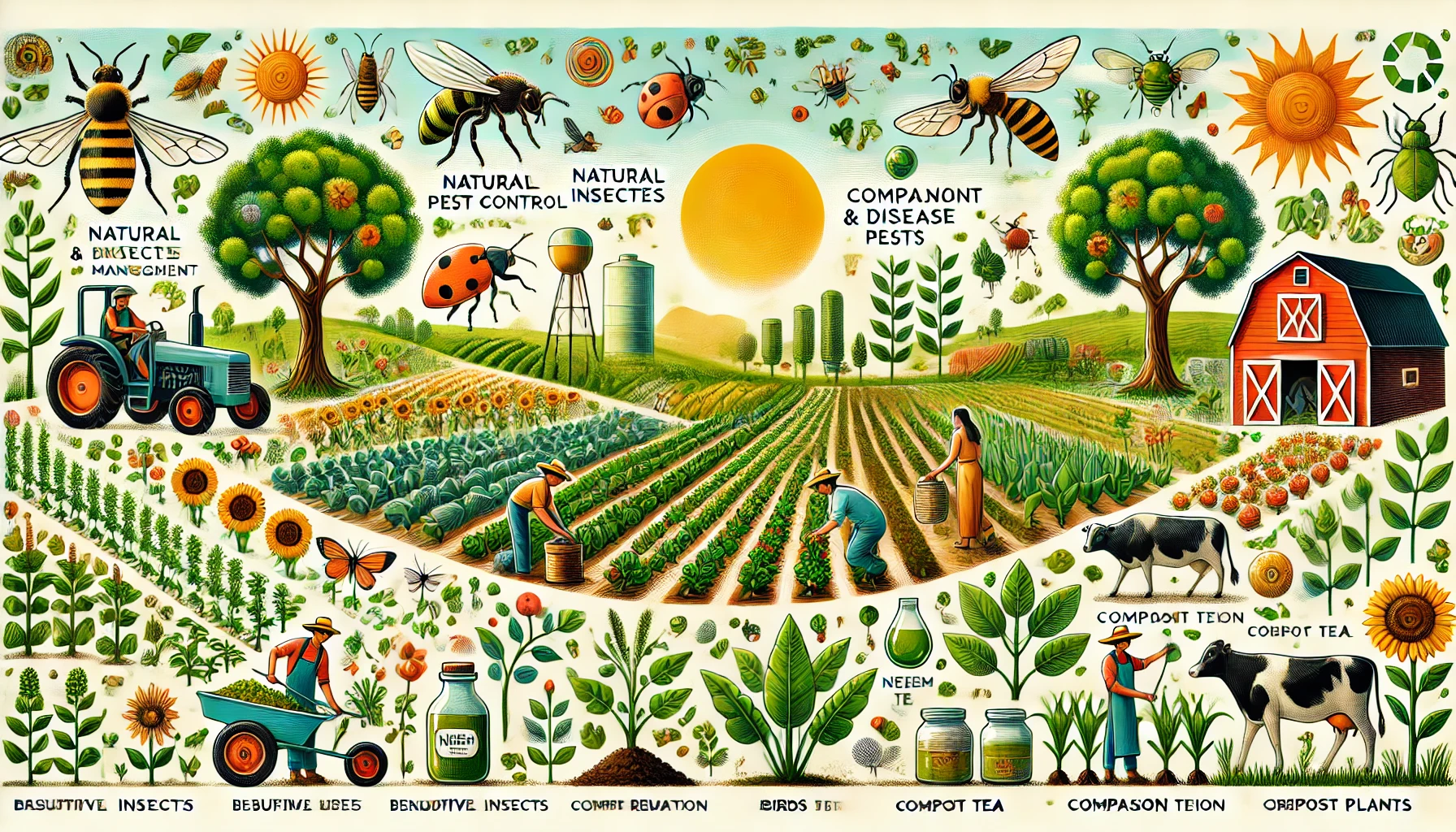Knowledge Agora
Regenerative Economy Challenge
Challenge: Managing Pest and Disease Naturally
Managing pest and disease naturally is a key component of sustainable and regenerative agriculture, aiming to protect crops while maintaining ecological balance. Integrated Pest Management (IPM) is a widely used approach that combines biological, physical, and cultural methods to keep pest populations under control without relying on synthetic chemicals. Beneficial insects, like ladybugs and parasitic wasps, can be introduced or encouraged to prey on harmful pests, providing a natural form of pest control. Crop rotation is another effective strategy, as rotating different crops each season disrupts pest and disease cycles that would otherwise thrive in monoculture systems. Intercropping, where multiple crop species are planted together, confuses pests, reduces the spread of diseases, and promotes a healthier, more resilient ecosystem.
Using cover crops between main crops adds organic matter to the soil and can attract beneficial organisms, while also preventing soil-borne pests from gaining a foothold. Mechanical methods, like hand-picking pests or using physical barriers such as row covers, offer a chemical-free way to protect plants. Planting pest-repellent plants, like marigolds and garlic, around main crops can naturally deter certain insects, reducing pest populations. Healthy soil is foundational, as strong, nutrient-rich soil produces more resilient plants that are better able to resist pests and diseases. By managing pest and disease naturally, farmers support a balanced ecosystem, protect pollinators and beneficial insects, and reduce environmental harm associated with chemical pesticides.
